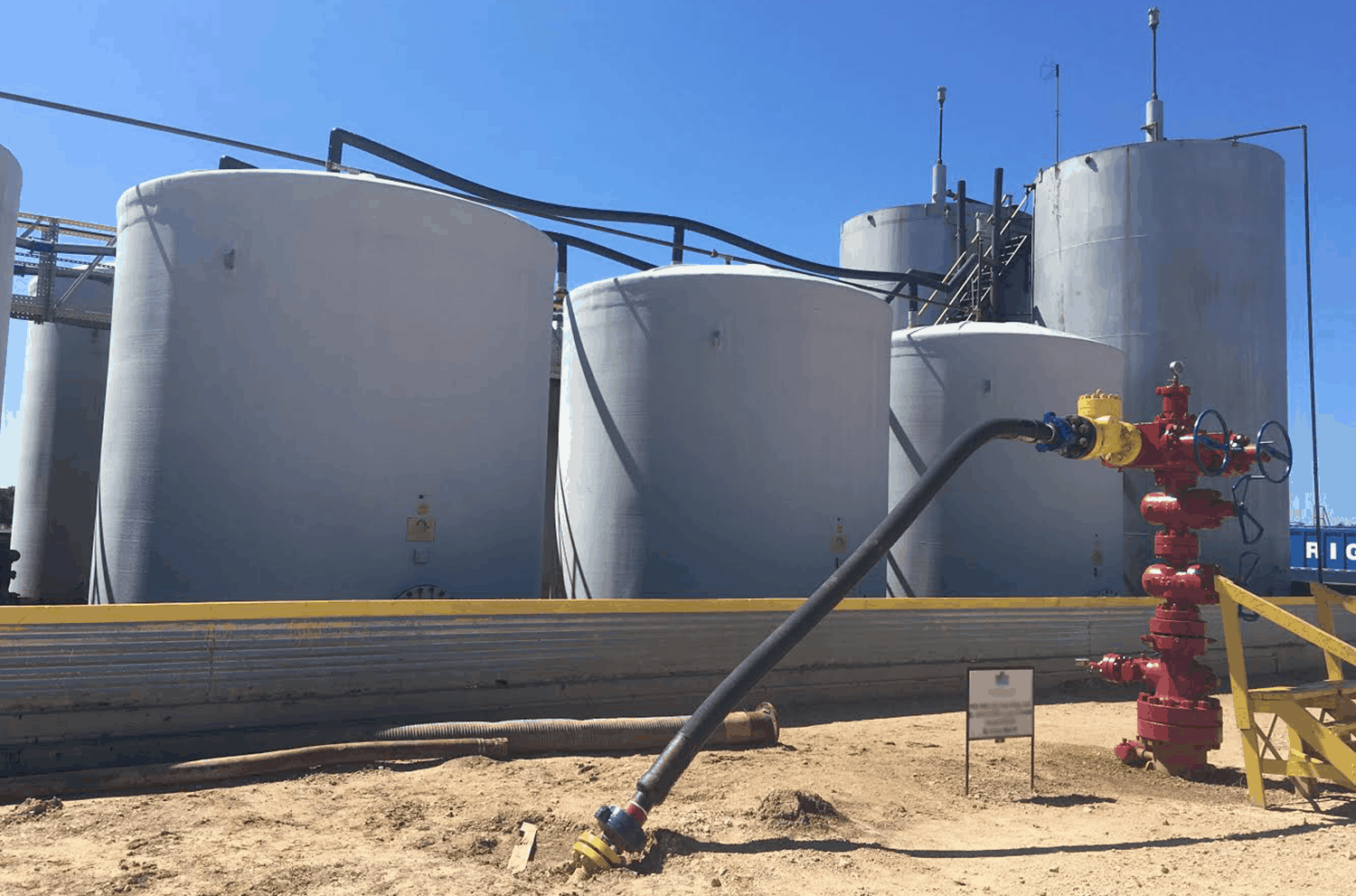Let’s take a brief look at what you can expect to learn in each lesson within the Injection Wells and Sustainable Energy Systems course.
Injection Wells and Sustainable Energy Systems Course Content Overview
- Underground Injection
- Carbon Capture Utilization and Storage
- Induced Seismicity
- Subsurface Containment
The first lesson in the Injection Wells and Sustainable Energy Systems course, Underground Injection, introduces underground injection wells (UIC) and their primary applications. The lesson provides a brief overview of regulatory issues, including primacy, describes the different classes of injection wells, and discusses the importance of particular classes to oil and gas operations and geothermal energy. An in-depth segment within the underground injection lesson explains the use of various injection techniques to enhance the recovery of oil and gas.
The lesson on Carbon Capture Utilization and Storage (CCUS) presents the role of carbon dioxide injection, both for enhanced oil recovery (EOR) and storage, in the move toward sustainability. The recent rule establishing a new class (VI) of injection wells, as well as a number of policy and tax incentives in the United States, have created renewed interest and activity around CCUS technology. This lesson covers general history and specifics of Class VI wells, the role of EOR in storage, misconceptions about carbon dioxide, protections for drinking water resources, and Class VI well considerations, such as storage capacity, injection rate and storage mechanisms.
The next lesson covers Induced Seismicity: often low magnitude earthquakes caused by human activity such as geothermal energy access, wastewater injections, and hydraulic fracturing. This lesson includes foundational information on seismic waves, the earthquake measurement process, a brief history of natural earthquakes, and the geomechanics of fluid injection. A case study references induced seismicity at the DFW Airport and the public’s concerns over petroleum operations. Finally, a Seismic Monitoring Network established in Texas serves as an example of how governments are meeting the need to monitor earthquakes and prevent any that may be caused by human activity.
The lesson on Subsurface Containment discusses the critical aspects of well integrity and subsurface integrity. This lesson highlights primary, secondary, and tertiary well control, well construction, mechanical integrity testing, aging well infrastructure and integrated subsurface containment strategies. Lesson content also includes case studies of several high-profile incidents such as the Deepwater Horizon oil spill in the Gulf of Mexico and surface expressions in the San Joaquin Valley area of California.
The Injection Wells and Sustainable Energy Systems course provides learners with an introduction to the different classes of injection wells and then gives an example lesson on how these UIC wells are used in carbon dioxide EOR and carbon sequestration (storage). Two challenges to drilling wells and injecting fluids in the subsurface are highlighted with lessons that discuss induced seismicity as well as subsurface containment.
Contact us today to learn more about our courses or check out our FAQ page for answers to our most commonly asked questions. Sign up for your next online training course with TOP Energy Training today!


